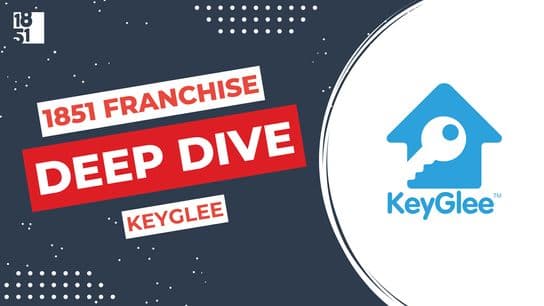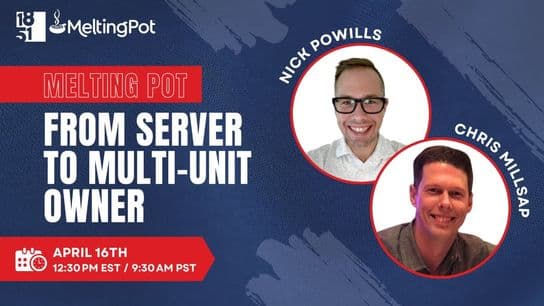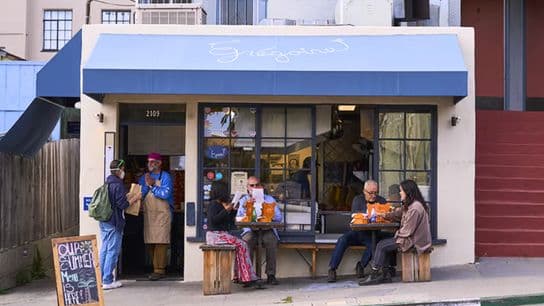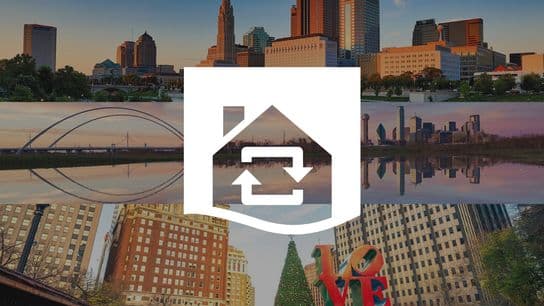How In-Home Care Fits in the Healthcare Continuum
Jim is a World War II veteran, retiree, father of four, and grandpa. When his wife passed, Jim suddenly found himself alone in his house, grieving, and facing the slew of health issues that come with old age. His three daughters wanted their dad to age with dignity and comfort, so they did all they could, but they had their own families and jobs too. That’s when they found in-home care. Our mission at Right at Home is to improve the quality of life for those we serve, and we step in to fill the care gaps that families and healthcare providers simply can’t cover.
Jim is a World War II veteran, retiree, father of four, and grandpa. When his wife passed, Jim suddenly found himself alone in his house, grieving, and facing the slew of health issues that come with old age.
His three daughters wanted their dad to age with dignity and comfort, so they did all they could, but they had their own families and jobs too.
That’s when they found in-home care.
Our mission at Right at Home* is to improve the quality of life for those we serve, and we step in to fill the care gaps that families and healthcare providers simply can’t cover.
Hiring us is like hiring an extra family member.
There are over 50 million family caregivers in America, and like Jim’s daughters, even their extraordinary efforts aren’t enough to meet the needs of our aging population.
In-home care, also known as private pay home care, does what trusted family members do. We offer companion care, such as playing cards with our clients and helping them cook, and personal care, such as assisting them in dressing and using the bathroom.
Often, when a client leaves the hospital, Medicare will pay for limited home health care, when a nurse makes house calls. But when that ends, private pay home care helps lift the family burden.
Our caregivers also serve as advocates for the client. We know what’s going on inside the house and can relay the client’s full medical story to the multiple doctors serving them.
We match the right caregiver to the right client and create a customized care plan that fits their needs and budget. If the client’s diagnosis changes, our plan changes right alongside.
Why in-home care is a large and respected part of healthcare.
The Medicare system is designed to fix you when you’re broken, but the aging process is ongoing. Older adults may not have an immediate problem like a broken hip, but they may not be safe and independent in their home either.
Caregivers make sure the client eats, takes their medication, and has a healthy environment. All of that helps prevent them from returning to the hospital, which in turn keeps healthcare costs down.
This is crucial.
Medicare was created with a shorter life expectancy in mind. There's a lack of funding from the tax base because the baby boomers had half as many children as their parents, and there’s a strong preference for aging as long as possible at home.
In-home care improves healthcare outcomes and reduces costs; one study showed that our services had reduced the hospital readmission rate by 65%.
It gets better.
In April of 2018, the Centers for Medicare and Medicaid Services (CMS) announced that patients with Medicare Advantage plans can now use them to pay for private pay home care.
That means that business owners in the home care space are now Medicare providers, but they’re not required to obtain certification through CMS.
So, the risk is being moved to the Medicare side, but private pay home care providers can still make client-centered plans and keep helping people like Jim.
*This brand is a paid partner of 1851 Franchise. For more information on paid partnerships please click here.













